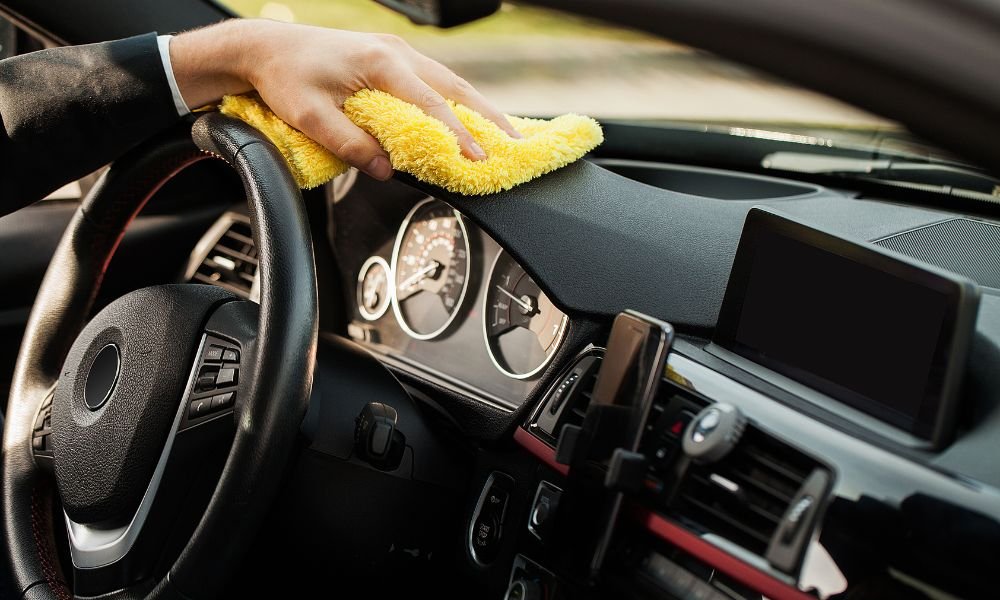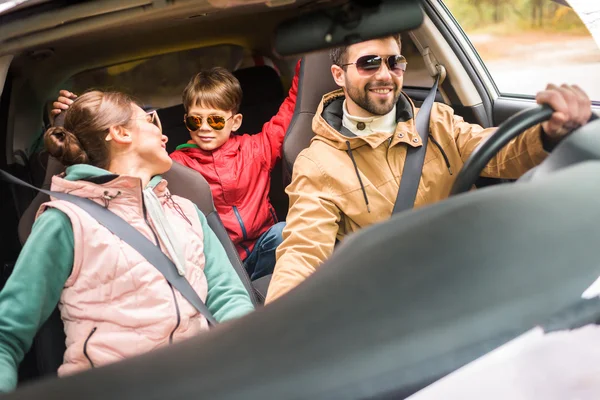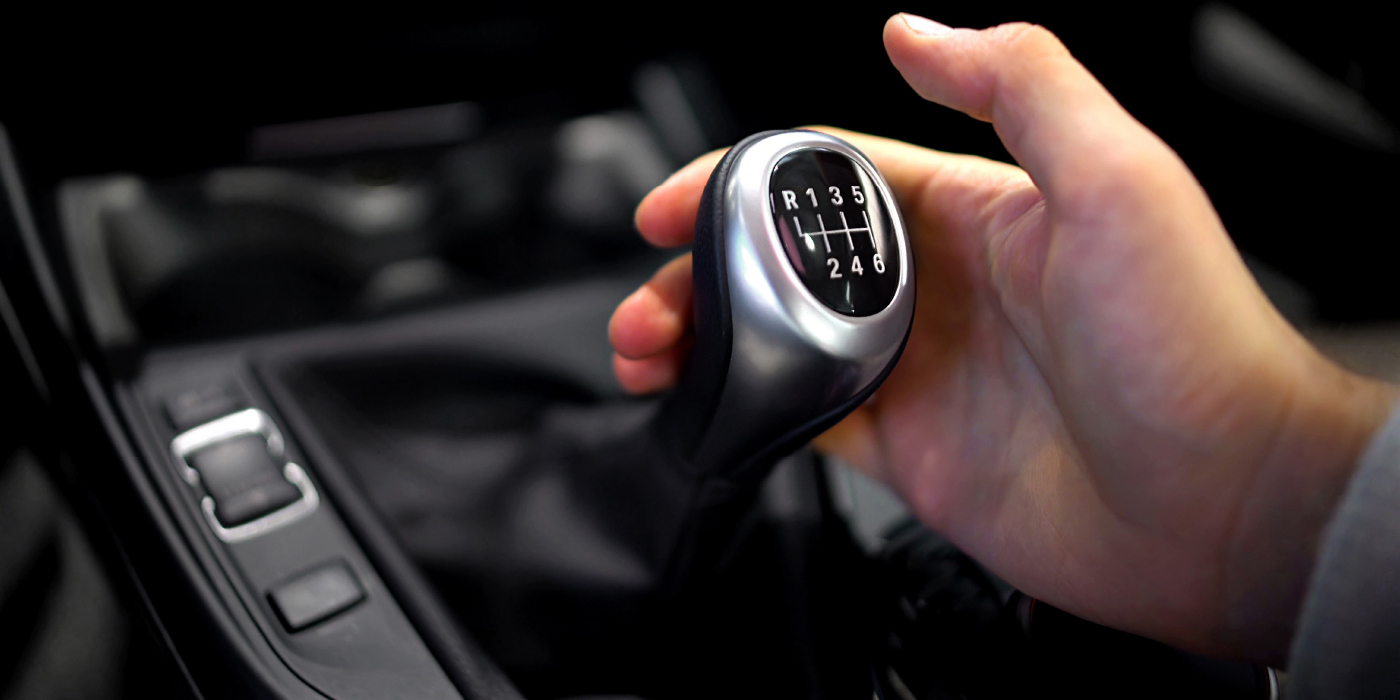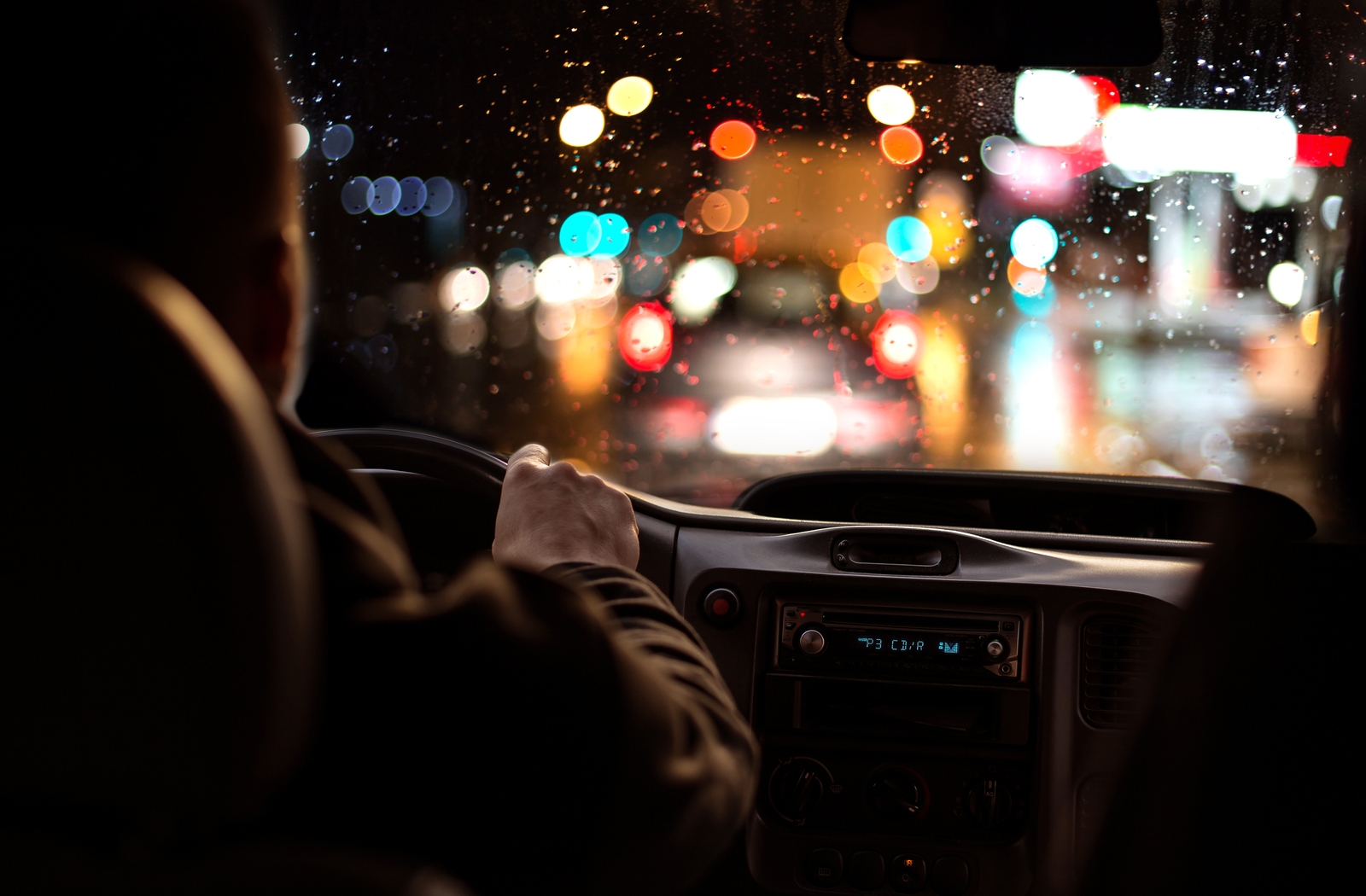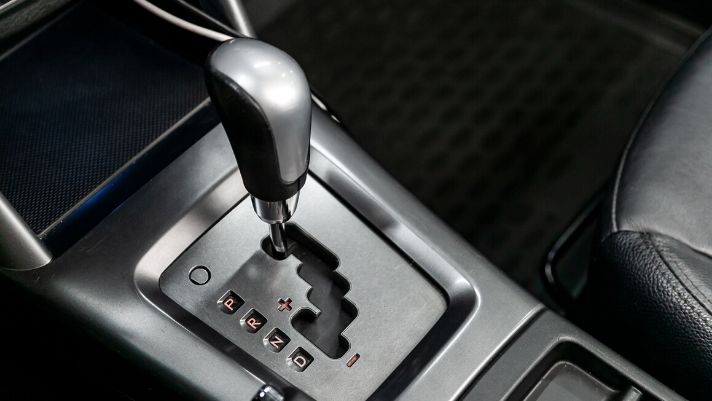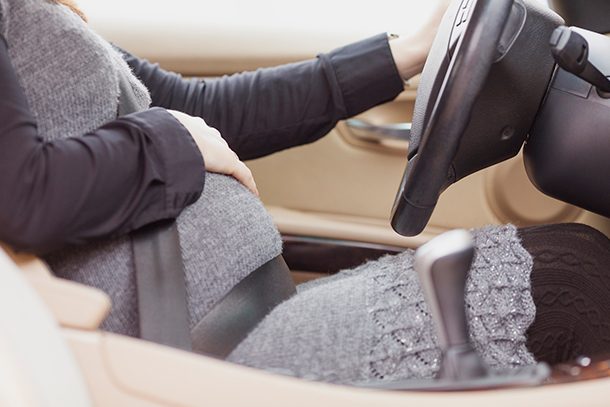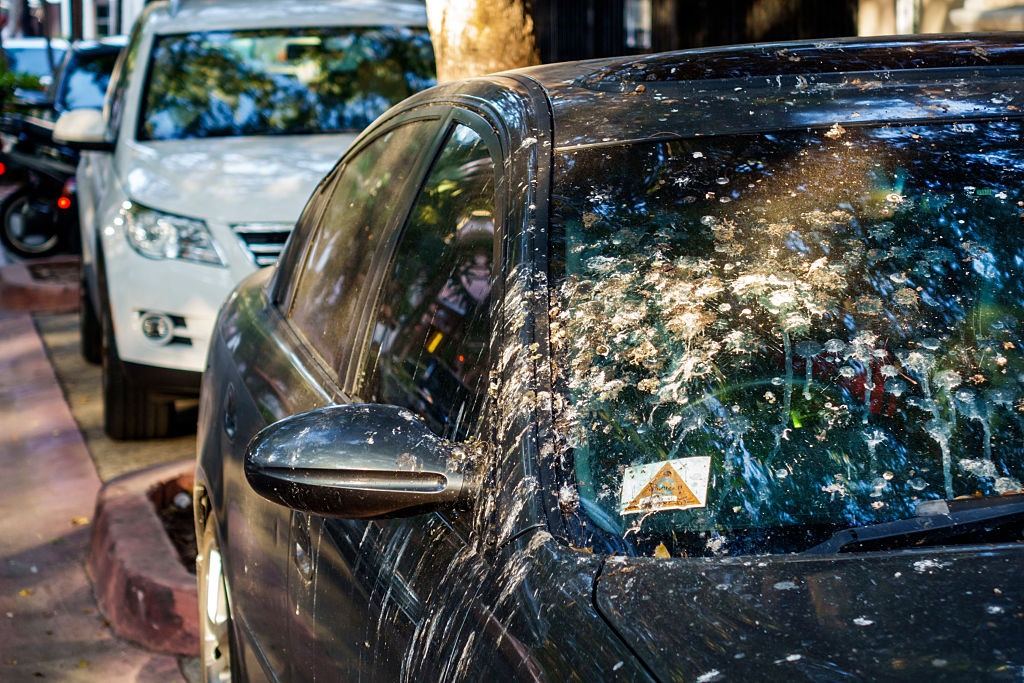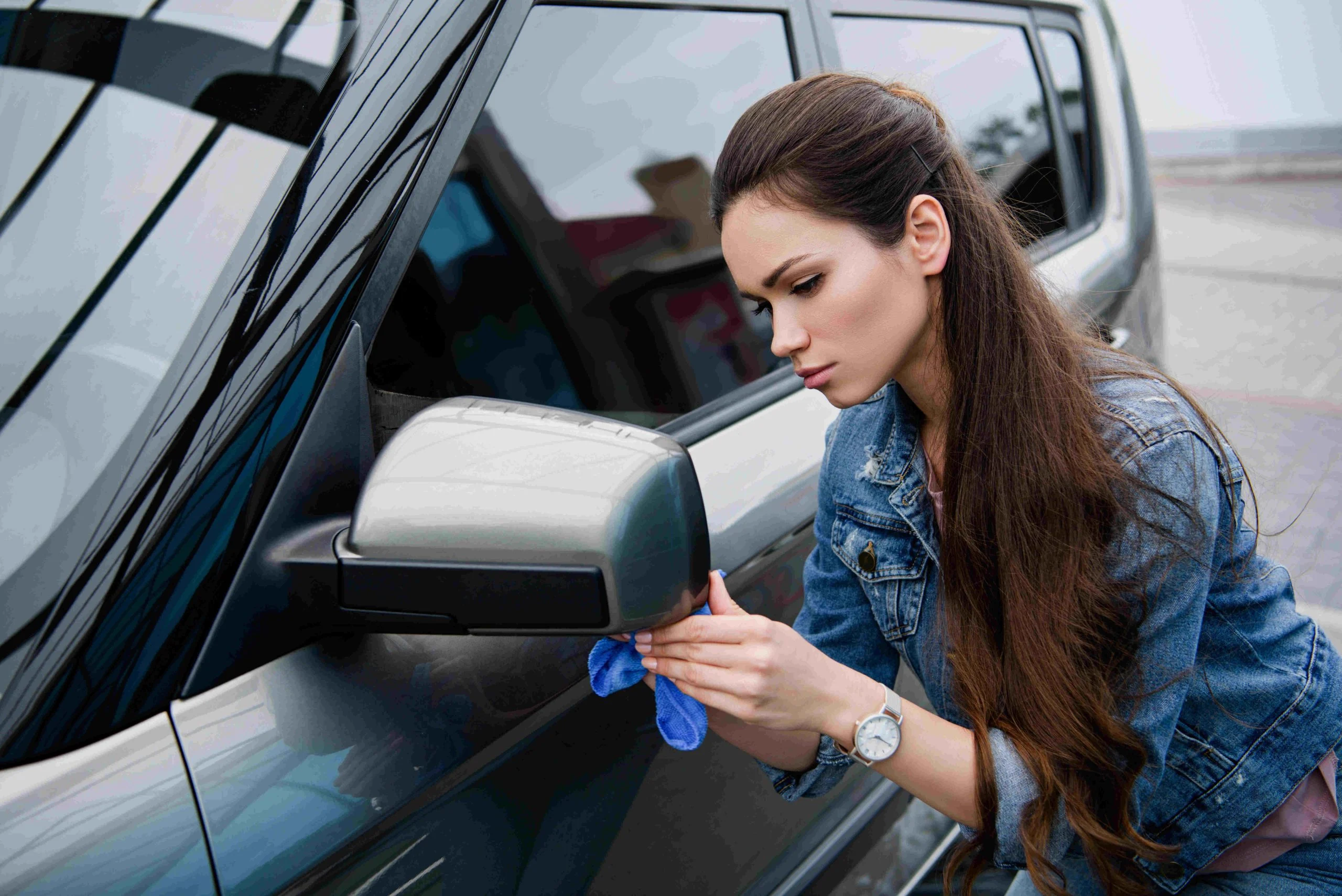Keeping your Car’s interior clean is important for keeping its appearance, hygiene, and overall well-being. Here are some tips to help you keep the interior of your car looking spotless:
1) Your Car isn’t a Trash Can
Make it a habit to remove trash from your car daily. Try to avoid throwing trash and saying you’ll clean it up later because this will become a bad habit. To help with this, use a small trash bag or container to dispose of the garbage to make it easier to clean up.
2) Vacuum Regularly
Crumbs and dirt can be a tough thing to get out of your car. That dust can also seep into your seat covers and cracks in the car. It’s important to regularly vacuum the Car’s interior to keep it clean. Pay attention to the carpets, seats/seat covers, floor mats, and difficult to reach places.
3) Wipe Surfaces Frequently
While vacuuming is a helpful tool, wipes can be even more helpful when it comes to smaller areas or areas that need more detailed cleaning. This includes the dashboard, steering wheel, and door handles. You can use a damp cloth or a cleaning solution to wipe these spots down.
4) Not All Seat Covers Are Ugly
Seat covers can help protect your car’s seats from spills and stains. Not every seat cover is ugly, you can find pretty, affordable ones right on amazon. This is a great way to maintain your vehicle from wear and tear. Make sure to clean these covers regularly as well or else you’re just creating more of a dirty mess.
5) Clean Upholstery and Carpets
Whenever you find stains on the upholstery or carpets, treat them with a suitable cleaner or stain remover as soon as possible. Follow the instructions on the product and use a clean brush or tool to scrub the dirty area.
6) Pay Attention to Glass and Mirrors
Clean the interior glass and mirrors regularly to guarantee good visibility. Use a glass cleaner and a lint-free cloth to remove smudges and fingerprints. Also keep the glass above your console and radio clean to help with visibility.
7) Organize Storage Compartments
Use organizers or storage bins to keep your belongings neatly in order. Find a good spot in the trunk or even the back seat where these bins can be stored. This will prevent messes and make it easier to keep your car clean.
8) Avoid Eating in the Car
Don’t eat or drink in your car, although this is a hard challenge for everyone, it will help in the long run. Eating in the car can lead to spills and crumbs, which can be challenging to clean.
9) Be Cautious With Liquids
When transporting liquids in your car, make sure they are secure and sealed to avoid spills. If a spill does occur, immediately clean it up to prevent stains or odors.
10) Regularly Maintain the Air Conditioning System
Clean or replace the cabin air filter as much as your Car’s manufacturer recommends. This will keep your car’s air fresh and reduce dust messes.
Remember that prevention and consistency is key to maintaining a clean car interior. By establishing good habits and planning out in advance, you can keep your car looking and smelling fresh for a very long time.

